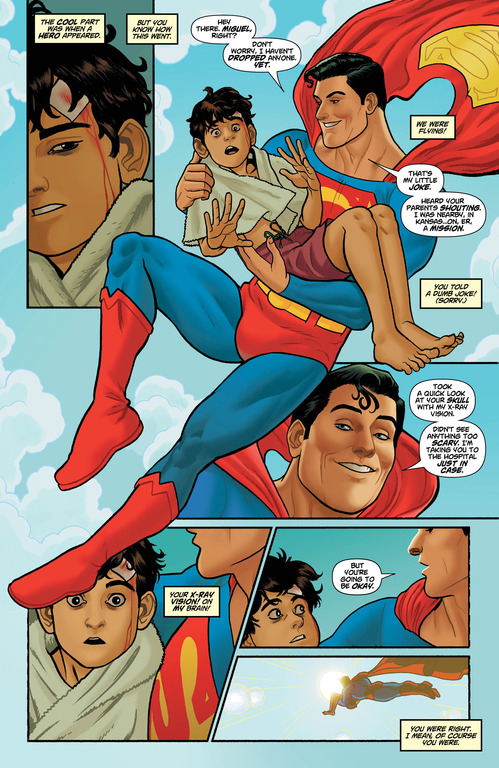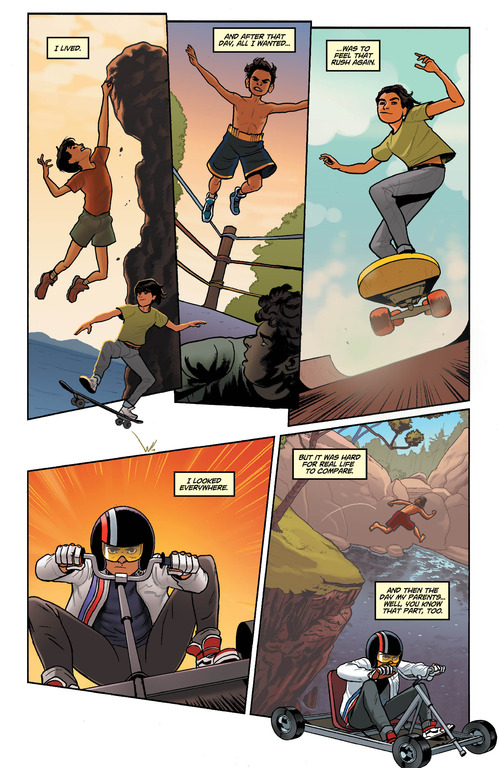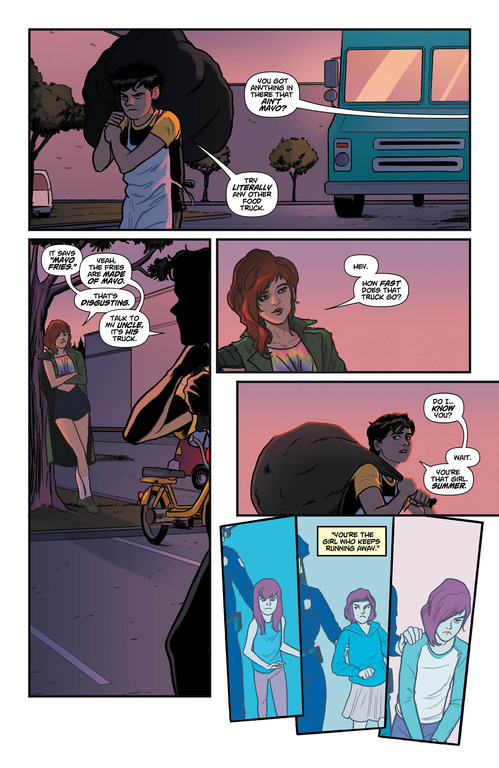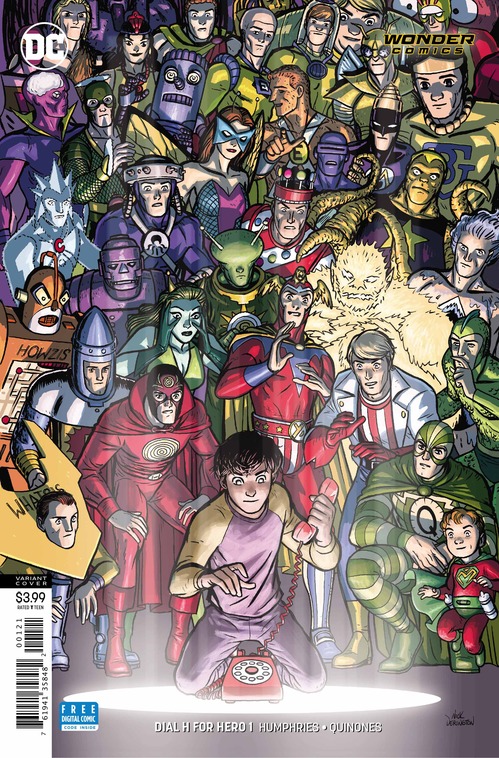Sam Humphries & Joe Quinones Answer the Call of Dial H for Hero
Art by Joe Quinones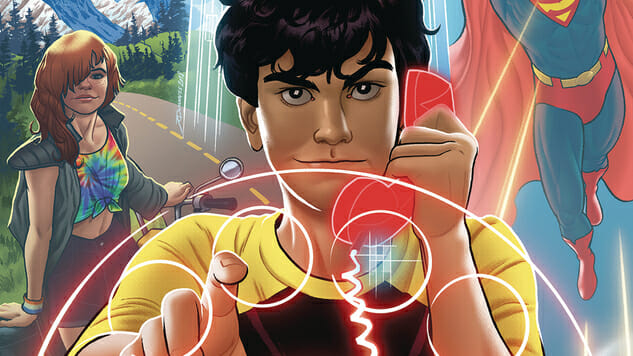
The last time the Hero Dial had its own series, readers were treated to a delirious acid trip from weird-fiction megastar China Mieville and artists including Mateus Santolouco. Sam Humphries and Joe Quinones’ Dial H for Hero takes a much different, but no less exciting approach. Teased in Brian Michael Bendis’ Action Comics and published under Bendis’ Wonder Comics teen-focused imprint, Dial H for Hero introduces Miguel, a teen daredevil and the newest wielder of the Hero Dial, capable of becoming a different weird hero every time he spins the rotary-phone-like contraption. Humphries has recently found renewed success at DC as the new Harley Quinn writer, and Quinones has been a fan-favorite cartoonist since he piloted Hal Jordan through the skies in the pages of Wednesday Comics. Humphries and Quinones have six issues full of dialing to entice readers—and if the genius artistic surprise in the first issue is anything to go by, readers will find themselves answering eagerly each and every issue. With Dial H for Hero hitting stands this week, Paste exchanged emails with Humphries and Quinones to find out more about their rolodex of new heroes, what differentiates Miguel from prior dialers and the last time either of them saw or used an actual rotary phone.
![]()

Dial H for Hero #1 Cover Art by Joe Quinones
Paste: Dial H is the final launch title under Brian Michael Bendis’ Wonder Comics imprint. Can the two of you talk a bit about how you became involved in kicking off Wonder Comics, and what sort of role Bendis has played in conceptualizing Dial H and the overall tone of the imprint?
Sam Humphries: I had been talking to Brian a lot when he was coming over to DC, and he told me all about his imprint and how is going to focus on young heroes, and I remember thinking what a brilliant idea that was. So when he approached me with the project, I was psyched. I had never read much Dial H, but Brian was so excited about the limitless creative potential, I knew this was something I had to pursue. Brian has been involved in the development of the book from the very first conversations. Some key concepts and ideas came straight from him. But he’s also stepped back and very much let us do our own thing.
-

-

-

-

-

-

-

-

-

-

-

-

-

-

-

-

-

-

-

-

-

-

-

-

-

-

-

-

-

-

-

-

-

-

-

-

-

-

-

-


